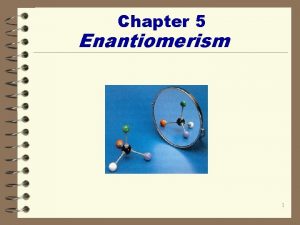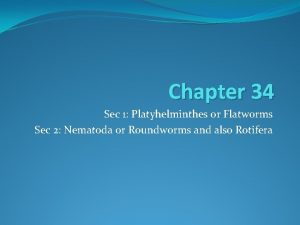Sec 6 3 Sec 6 4 Chapter review



- Slides: 3

Sec. 6. 3 + Sec. 6. 4

Chapter review p. 195, 196 15. a. An ionic compound is composed of cations and anions such that the total positive and negative charges are equal. b. most ionic compounds occur naturally as crystalline solids. 16. a. the simplest collection of atoms from which an ionic compound’s formula can be established. b. one calcium ion Ca+2 , and two fluoride ions F-1. 17. a. The energy released when one mole of an ionic crystalline compound is formed from gaseous ions. b. The greater the lattice energy, the stronger the ionic bonding. 18. a. ionic compounds have higher melting and boiling points than molecular compounds do, and they do not vaporize at room temperature. b. the differences in the properties of ionic and molecular compounds are generally a result of differences in how strongly the compound’s basic units are held together. c. hardness, brittleness, electrical conductivity in the molten state. 19. a. A charged group of covalently bonded atoms. b. some common examples nitrate NO 3 -1 , phosphate PO 43 - , ammonium NH 4+1

Section 6. 4 -Metallic boding Section review p. 182 1. Metallic bonding is generally viewed as the result of the mutual sharing of many electrons by many atoms. Each atom contributes its valence electrons to a region surrounding the atoms. These electrons are then free to move about the mostly vacant outer orbitals of all the metal atoms. The mobile electrons are often referred to as an electron sea. 2. In general, the higher the heat of vaporization, the stronger the metallic bonding. 3. Metallic bonding is not directional but is uniform throughout the solid. One group of atoms can slide past another group of atoms without breaking any attractions. Ionic crystals are held together by strong electrical attraction between oppositely charged ions. Moving one plate of ions relative to another requires breaking this attraction.





